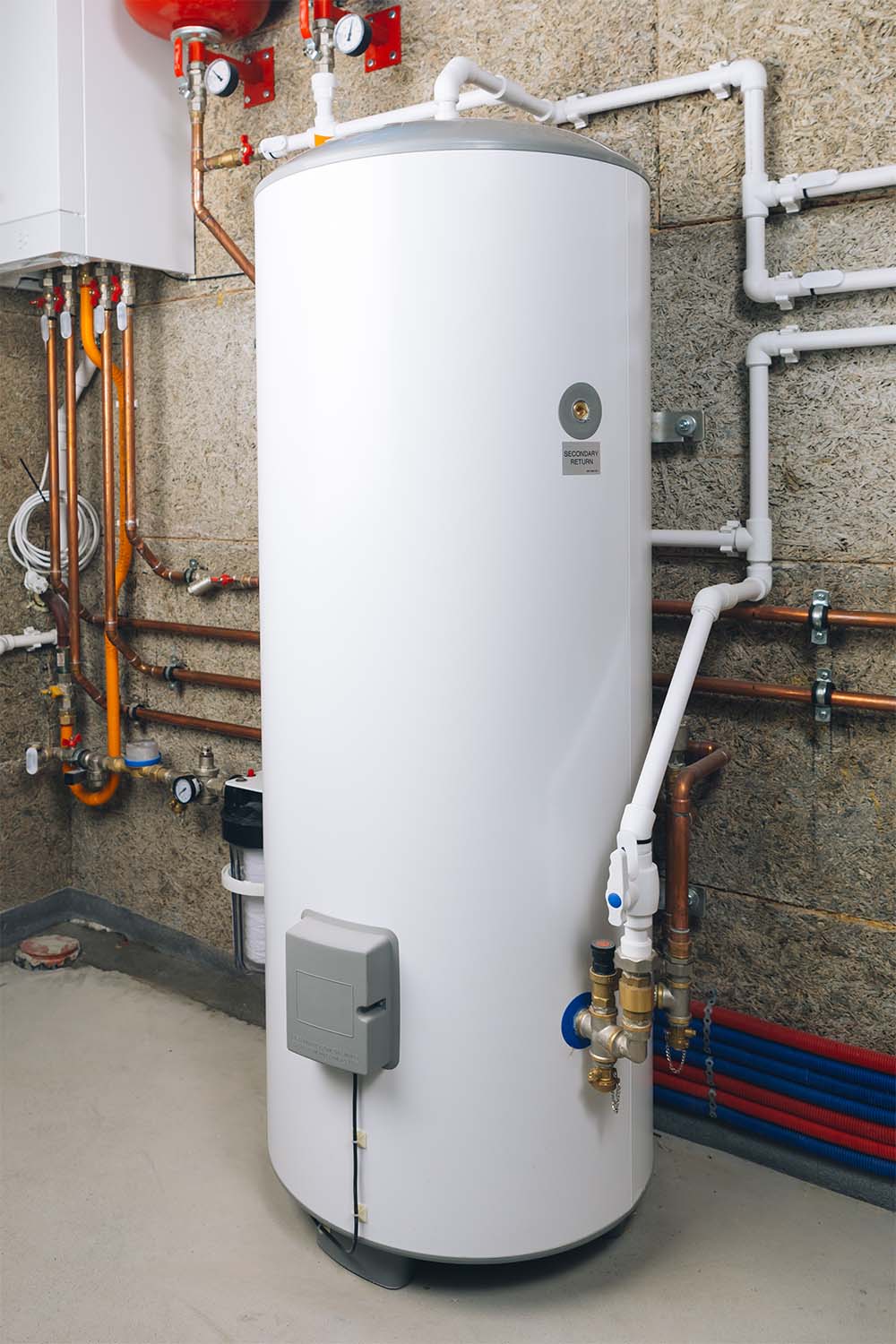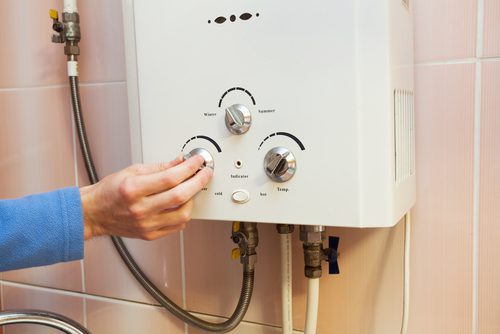Listed here underneath you will discover some awesome guidance when it comes to How to Maintain a Hot Water Heater in a Few Simple Steps.

Warm water is necessary for everyday comfort, whether it's for a refreshing shower or washing dishes. To ensure your hot water system runs successfully and lasts much longer, routine maintenance is vital. This short article gives sensible ideas and understandings on just how to preserve your home's hot water system to stay clear of interruptions and pricey repair work.
Intro
Maintaining your home's warm water system might appear challenging, however with a couple of easy actions, you can ensure it runs smoothly for many years ahead. This guide covers every little thing from recognizing your warm water system to DIY upkeep tips and understanding when to employ expert assistance.
Value of Maintaining Your Hot Water System
Normal maintenance not just prolongs the life-span of your hot water system however additionally ensures it runs efficiently. Neglecting maintenance can lead to lowered efficiency, greater power costs, and also early failing of the system.
Signs Your Hot Water System Needs Maintenance
Understanding when your hot water system needs interest can prevent major issues. Look out for signs such as inconsistent water temperature, strange noises from the heater, or rusty water.
Understanding Your Hot Water System
Before diving into maintenance tasks, it's helpful to understand the basic parts of your warm water system. Normally, this includes the hot water heater itself, pipelines, anode poles, and temperature level controls.
Monthly Maintenance Tasks
Regular monthly checks can help capture small concerns prior to they intensify.
Flushing the Water Heater
Flushing your hot water heater removes sediment accumulation, enhancing effectiveness and extending its life.
Monitoring and Changing Anode Rods
Anode poles stop corrosion inside the tank. Examining and replacing them when worn out is important.
Inspecting and Adjusting Temperature Settings
Changing the temperature settings makes certain optimum performance and safety.
Do It Yourself Tips for Upkeep
You can carry out several upkeep tasks on your own to maintain your warm water system in top condition.
Checking for Leaks
Routinely inspect pipes and connections for leakages, as these can bring about water damages and greater costs.
Testing Stress Alleviation Valves
Testing the stress relief valve guarantees it functions properly and stops too much pressure buildup.
Insulating Pipelines
Protecting warm water pipelines decreases warmth loss and can conserve energy.
When to Call a Professional
While DIY maintenance is beneficial, some problems require specialist experience.
Complicated Issues Requiring Professional Help
Instances consist of major leaks, electrical problems, or if your water heater is consistently underperforming.
Regular Specialist Upkeep Advantages
Professional maintenance can consist of detailed examinations, tune-ups, and making sure compliance with safety and security requirements.
Final thought
Normal upkeep of your home's hot water system is crucial for performance, long life, and cost financial savings. By following these tips and recognizing when to seek specialist aid, you can make sure a reputable supply of hot water without unanticipated disruptions.
How to Maintain an Instant Hot Water Heater
Before tinkering with your hot water heater, make sure that it’s not powered on. You also have to turn off the main circuit breaker and shut off the main gas line to prevent accidents. Also turn off the water valves connected to your unit to prevent water from flowing into and out of the appliance. 2. When you’re done, you have to detach the purge valves’ caps. These look like the letter “T” and are situated on either side of the water valves. Doing so will release any pressure that has accumulated inside the valves while at the same time avoid hot water from shooting out and burning your skin. 3. When the purge valves’ caps are removed, you have to connect your hosing lines to the valves. Your unit should have come with three hoses but if it didn’t, you can purchase these things from any hardware or home repair shops. You can also get them from retail stores that sell water heating systems. Read the user’s manual and follow it to complete this task properly. When the hosing lines are connected, open the purge port’s valves. 4. You should never use harsh chemical cleaners or solutions when cleaning your unit. Make use of white vinegar instead. It should be undiluted and you’ll probably use about 2 gallons. 5. Now flush your water heater. This task should probably take about 40 minutes. We can’t give you specific directions for this because the procedure is carried out depending on the type, model and brand of your heater. With that being said, refer to the user’s manual. 6. When you’re done draining the unit, you have to turn off the purge port valves again. Remove the hosing lines that you earlier installed on each of the water valves. Put the valve caps (purge port) back in their respective places and be very careful so as not to damage the rubber discs that are found inside these caps. 7. Now that everything’s back in place, check your user’s manual again to find out how to reactivate your water heating system. 8. Once it is working, turn one of your hot water faucets on just to let air pass through the heater’s water supply pipes. Leave the tap on until water flows smoothly out of it. https://www.orrplumbing.com/blog/2014/september/how-to-maintain-an-instant-hot-water-heater/

I was shown that article on Tips on Maintaining a Water Heater from someone on our other web blog. Enjoyed our piece of writing? Please quickly share it. Let others discover it. Thanks a bunch for your time. Don't hesitate to check up our blog back soon.
Book Inspection